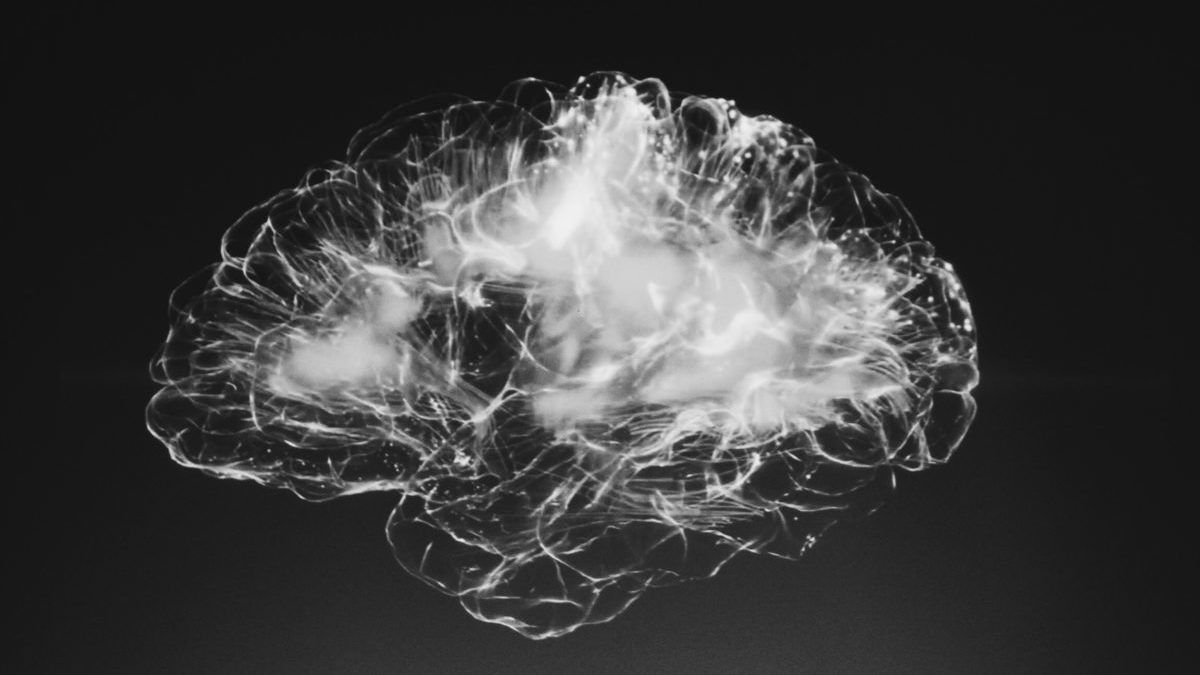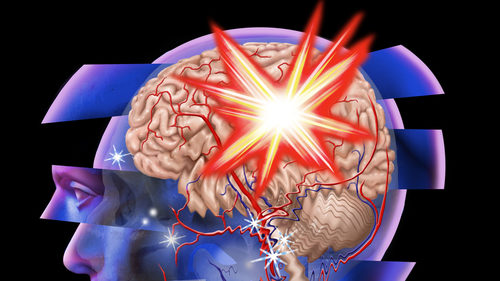There are many ways to treat addiction, and neurofeedback is a growing form of therapy that can help patients with substance use disorder during rehabilitation.
Neurofeedback a form of biofeedback, which is a form of behavioral medicinethat helps people learn to control typical bodily responses that are involuntary such as their heart rate, blood pressure and temperature.
By monitoring different forms of bodily responses and brainwaves, neurofeedback can give patients greater insightinto how their brain and body works and learn how to control it in response to triggering stimuli.
Neurofeedback and Addiction
Substance abuse often occurs because people do not know how to handle their thoughts, emotions or bodily reactions. A fear of facing symptoms sober can cause patients to continue to abuse substances for years, further worsening their physical and mental health and damaging their relationships.
Counselors and doctors today know that addiction is a brain disorder; substance abuse rewires the brain and alters its natural chemistry, leading to greater imbalances and physical reactions that cause significant distress to patients.
A UCLA study found that neurofeedback in a 12-step addiction program can help patients become more accepting of their addiction, open to change and stabilize brain activity. BrainPaint, a patented technology developed by the university in 2005, reveals that many people in addiction therapy struggle to change their behavior, especially during the earliest stages of recovery when brain activity is most unstable.
Neurofeedback Therapy for Substance Abuse
Biofeedback can be broken down into several different subtypes:
- Heart Rate Variability (HRV)
- Thermal (Temperature)
- Muscular (EMG)
- Neurological (EEG)
EEG stands for electroencephalogram, a means of monitoring brain waves by placing electrodes on a patient’s head. During an EEG session, a patient is connected to an electronic monitoring system that records brain activity and learns how different parts are activated during different phases of stimulation.
A patient may be given a video game to play in order to track how well their brain responds to situations that require them to exercise control. This correlates to their ability to self-regulate their own behavior, which is one of the biggest factors relating to abstinence success and relapse prevention.
Neurofeedback provides immediate, tailored responses that will help a client improve their discipline. For example, a car in a video game might only be able to speed up if the player focuses more. As they improve their concentration and increase their attention span, the brain can learn to regulate and behave in a more adaptive, beneficial way.
Rewiring the Brain Through Neurofeedback
Neurofeedback is just one way that clinician’s are using technology to help patients undo the harmful effects of drugs on the brain. Rewiring neural pathways and adopting habits that promote drug-free living takes time, and patients must complete neurofeedback in addition to other forms of substance abuse treatment such as one-on-one counseling and support groups.
By embracing the valuable insight neurofeedback provides, substance abuse professionals can gain a deeper look at their patients’ neurological struggles and help them tackle addiction from the inside out.



